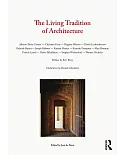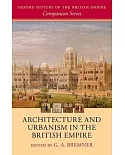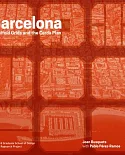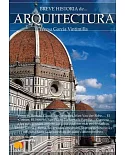Swiss art historian Brenk focuses on the function of the apse in pagan and Christian buildings as a place for images. He notes that pagan apses had two functions, as a space for a statue of a
deity and as a location for a mosaic created as a background to a water feature. As Christianity was adopted by gentile Romans, it was natural for them to adapt the apse to the new religion.
Brenk believes that private individuals commissioned Christian images for mosaics in the home. As the apse became the section of the church where the altar was placed, the space behind it
called out for decoration. Theologians rarely prohibited this but invented convoluted rationales to avoid conflict with the Second Commandment. Brenk's statements are supported by dozens of
illustrations, many in color. Distributed in North America by The David Brown Book Co. Annotation 穢2010 Book News, Inc., Portland, OR (booknews.com)





















